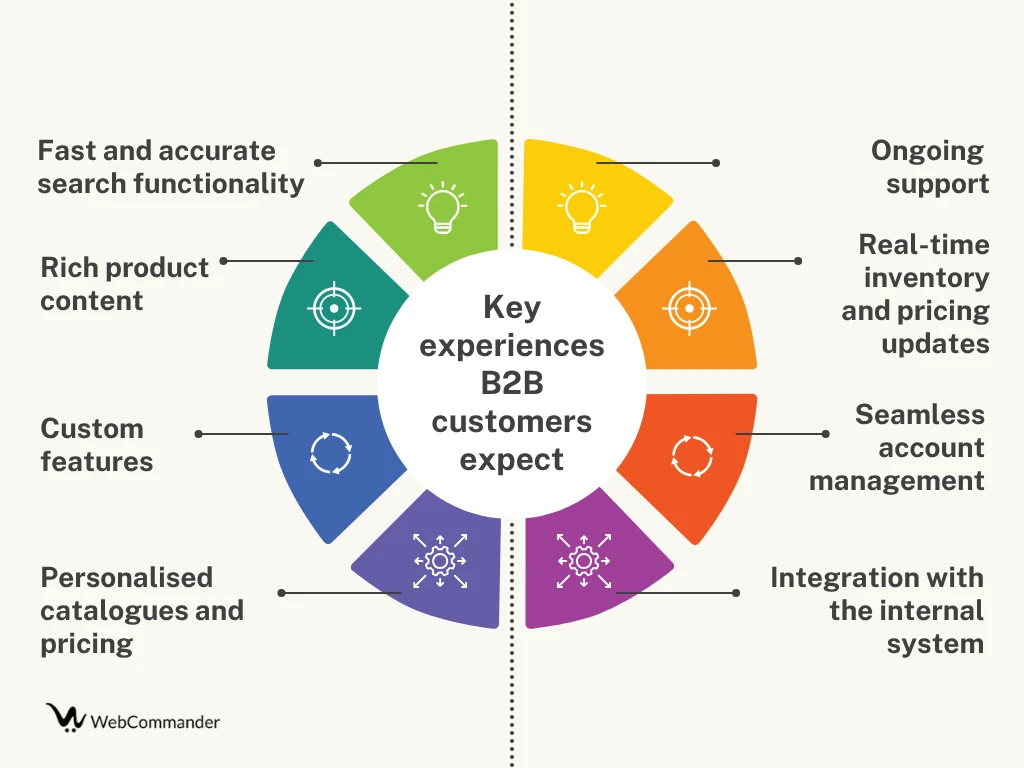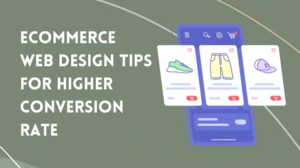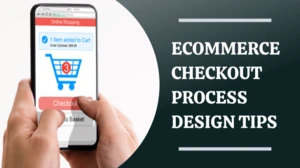8 Experiences B2B Customers Expect from an Ecommerce Site
An ecommerce platform needs to do more than just sell.
Today's B2B buyers are busy professionals who need convenience, speed and flexibility at every step.
Take, for example, someone who manages supplies for a chain of stores and doesn't have enough time to search through every page of products every week. What they want is simple: just log in, see their usual ordered items, upload an order form from a spreadsheet and check out. But if your site doesn't make it possible, there is no doubt that they will quickly look for another alternative and move on to one that does.
This shows that there is no alternative other than time-saving features and user-friendly functionality. So, in the world of ecommerce, meeting all of these B2B customer expectations is not just a nice-to-have; it's a deal-breaker.
Let's learn what experiences your B2B customers expect from your high-performing online store.

1. Fast and accurate search functionality
Every time B2B customers visit a site with a clear intent, they expect to find what they need without any delays. They don't want to spend a huge amount of time scrolling through endless listings or navigating all the complex menus.
A powerful on-site search always supports keyword-based searches, auto-suggestion and autocomplete, search history, category or brand filters and more.
Otherwise, if you can't support the buyers with all these, it might end up leading to frustration, abandoned sessions or potentially lost business.
2. Rich product content
B2B look for facts to make the buying decision. They don't get influenced by emotion or brand image like the B2C shoppers. They want to see what exactly they are buying, how it works and how it complies with industry standards.
B2B purchases are complex. They have to be 100% sure when ordering, whether it is a specific type of industrial seal, an electronic component, or other products.
That is why a product page must include detailed specifications about the measurements, materials, weight, capacity, and other technical data. So, alongside a basic product name and short description, try to include high-quality images with zoom-in capabilities, datasheets and certificates, comparison tools, how-to videos and use cases to reduce uncertainty.
3. Custom features

Each and every B2B customer comes with different needs, processes and buying habits. The one-size-fits-all solution does not work here. That is why they look for custom features to get the flexibility when shopping and managing orders in such a way that aligns with their unique business operations.
As they have to deal with repetitive, bulk and complex orders, features like bulk order uploads and quick order forms can save their time by allowing them to upload their orders in no time. Also, features like saved carts, favourite lists, or purchase history reordering allow the buyers to reorder frequently without having to start from scratch every time.
So, the more custom features you make for your buyers to do business with you, the more likely they are to become your repeat customers.
4. Personalised catalogues and pricing
In most of the B2B transactions, it involves negotiated rates, contract-specific items and company-specific restrictions. That is why B2B buyers expect personalised catalogues and pricing.
Using a personalised catalogue, they can easily find their pre-approved products based on their contract, industry or internal policies. And seeing personalised pricing, they can predict costs while avoiding overages and making faster purchasing decisions.
Eventually, with personalised catalogues and pricing signals, you can understand the value of your customers' specific needs. Also, it helps to create a better and more professional relationship.
5. Ongoing support

It is one of the most critical factors that B2B buyers look for, and depending on that, they choose whether to stick with an online supplier or not.
Be it for any technical issue, any queries for bulk ordering or payment processing, buyers need reliable and knowledgeable assistance at every stage. That is why it matters to them.
Most of the B2B orders involve large quantities, strict timelines and logistics coordination. So, by any chance, if there is a delay or an order mismatch, it can end up disrupting an entire supply chain. That is why buyers need to ensure that the support is always available.
As some prefer self-service while others like personal assistance, you can offer a mix of support channels, from live chat to phone to email to help centres.
6. Real-time inventory and pricing updates
B2B customers often place large and recurring orders as they need to know that the items they are viewing are eventually in stock and priced correctly. Otherwise, there remains a risk that they might end up ordering out-of-stock items or encountering last-minute price changes.
So, when an ecommerce platform displays live stock levels and dynamic pricing, it gives customers the confidence to make informed decisions. This transparency can help them to plan ahead while avoiding delays and maintaining confidence throughout their purchasing decisions.
7. Seamless account management

In the B2B world, purchasing is not just a one-time transaction. It is an ongoing relationship. Every time they log in to the platforms, they expect to see everything relevant to them.
They want a dashboard where they can view their order history, track current orders, download invoices, manage shipping addresses, update payment methods and more. Eventually, B2B buyers look for this feature as it can save time, simplify their procurement process and give them complete control over their spending and operations.
8. Integration with the internal system
For B2B customers, the purchasing decisions need to be aligned with inventory planning, budgeting tools, customer relationship management, ERP software and more.
A high-performing B2B ecommerce platform can connect with the tools your customers already use. Customers look for this integration to minimise manual data entry and avoid other costly errors. Be it by syncing with their ERP or by automatically reflecting stock levels and pricing.
For example, when a buyer places any order online, they want the system to immediately update that in the internal system, not hours later through manual uploads.
Wrapping up
To conclude, we can say that today's customers don't just look for products; they look for experiences that make their tasks easier and more efficient. From advanced search functionality to detailed product descriptions to seamless account management, everything matters. So, when selecting your ecommerce platforms, make sure the platforms meet all these expectations; otherwise, your customers will look elsewhere.



![How to Start an Ecommerce Business in Australia [2023 Guide]](/template/5731a701/images/resource-blog-right-img1.png)





